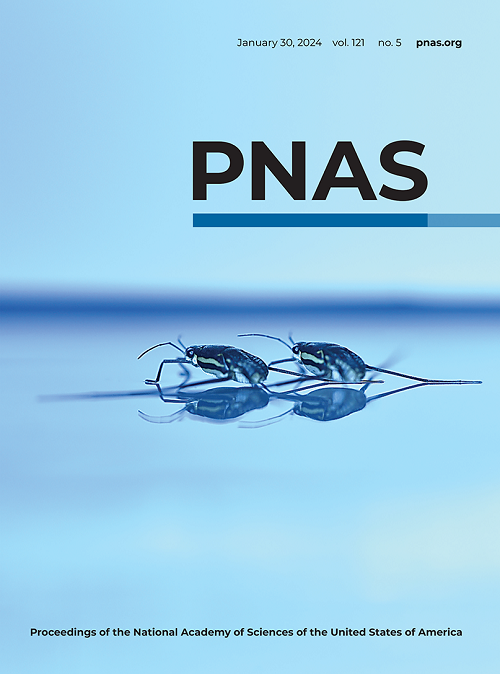甲基转移酶激发的分子催化剂催化co2合成乙烷
IF 9.4
1区 综合性期刊
Q1 MULTIDISCIPLINARY SCIENCES
Proceedings of the National Academy of Sciences of the United States of America
Pub Date : 2025-01-07
DOI:10.1073/pnas.2417764122
引用次数: 0
摘要
据报道,具有单一金属中心的分子催化剂可以将CO 2还原为多种有价值的单碳产物,如CO、HCOOH、ch3oh等。然而,这些催化剂不能将CO 2还原为乙烷或乙烯等两种碳产物,并且从CO 2生成C-C的能力主要局限于基于非均相材料的催化剂。我们报告一组简单的铁卟啉与吊坠硫醇基乙烷可以促进减少CO 2 (C H 2 6)与H 2 O作为质子源感应电流的收益率在40%其余有限公司机制包括吊坠的CO 2中甲基转移硫醇的建议转发类似于甲基转移酶和硫醚的后续碳碳键的形成从而形成和铁(II) ch 3物种减少的第二个分子生成的CO 2。二氧化碳还原后的第一个还原的c1产物在分子框架中有一个“停车位”,这使得C - C键形成,从而产生了一种独特的情况,即天然气成分可以由二氧化碳的直接电化学还原产生。本文章由计算机程序翻译,如有差异,请以英文原文为准。
Synthesis of ethane from CO 2 by a methyl transferase–inspired molecular catalyst
Molecular catalysts with a single metal center are reported to reduce CO 2 to a wide range of valuable single-carbon products like CO, HCOOH, CH 3 OH, etc. However, these catalysts cannot reduce CO 2 to two carbon products like ethane or ethylene and the ability to form C–C from CO 2 remains mostly limited to heterogeneous material-based catalysts. We report a set of simple iron porphyrins with pendant thiol group can catalyze the reduction of CO 2 to ethane (C 2 H 6 ) with H 2 O as the proton source with a Faradaic yield >40% the rest being CO. The mechanism involves a CO 2 -derived methyl group transfer to the pendant thiol akin to the proposal forwarded for methyl transferases and a follow-up C–C bond formation of the thioether thus formed and a Fe(II)–CH 3 species generated by the reduction of a second molecule of CO 2 . The availability of a “parking space” in the molecular framework for the first reduced C 1 product from CO 2 reduction allows C–C bond formation resulting in a unique case where a component of natural gas can be generated from direct electrochemical reduction of CO 2 .
求助全文
通过发布文献求助,成功后即可免费获取论文全文。
去求助
来源期刊
CiteScore
19.00
自引率
0.90%
发文量
3575
审稿时长
2.5 months
期刊介绍:
The Proceedings of the National Academy of Sciences (PNAS), a peer-reviewed journal of the National Academy of Sciences (NAS), serves as an authoritative source for high-impact, original research across the biological, physical, and social sciences. With a global scope, the journal welcomes submissions from researchers worldwide, making it an inclusive platform for advancing scientific knowledge.

 求助内容:
求助内容: 应助结果提醒方式:
应助结果提醒方式:


